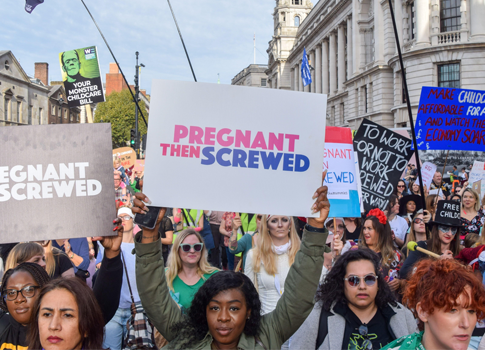What are the cognitive biases for agencies?
We all try to solve problems on a daily basis by finding practical ways of dealing with them. Heuristics is one of the main tools we use to reason. The term “heuristics” comes from the Greek word “discover”. This term was first applied to decision making by Herbert Simon who demonstrated that we make decisions based on limited reasoning, resulting in intuitive and imperfect rules that are enough to achieve our current goals. This type of limited reasoning facilitates decision making when there is no precedent, enough information or an abundance of it. This is important to us as an agency as our every day decisions affect our clients, businesses and personnel, so when taking a look in the mirror, we need to be hard-headed and have some self-criticism. There is an immense catalogue of cognitive biases and their interpretations, however I have taken some reflections provided by José Antonio Alguacil, and his observation of 11 Cognitive Biases and how they affect decision making agencies like us.
ANCHORING
People tend to evaluate and make estimations of an object without knowing its value, comparing it to a value we have seen before. This is why we tend to choose the medium price when looking at products, not too cheap but not too expensive. This can affect agencies media buying as if there is no familiarity with the media we buy, we cannot assess its precise value which respectively leads to conservative decision-making.
CONFIRMATION BIAS
We are more inclined to agree with perspectives that support our pre-existing views, and ignore opinions that threaten our point of view. We like to interact with people who agree with us, but when we talk about a communication strategy it is very important to observe, analyse and understand all the points of view before presenting our approach.
NEGATIVITY EFFECT
We are inclined to pay more attention to bad news because we perceive it as more important, and likewise it tends to have more credibility. It does not consist of being “Mr/Ms. Perfect”, but over-sized changes can be harmful. Bad news can come daily and we must make decisions to prevent and resolve them rather than ignore them.
SELECTION BIAS
After first noticing something, we begin to see it all of the time, regardless of whether it’s frequency has changed or not. Many times we do not know realise this has happened so when we think something has happened for the first time we assume that this factor is a new rule, which will most likely reoccur.
STATUS QUO BIAS
We do not like change. We avoid it at all costs and this often leads us to make decisions that mean things will remain as they are. This bias assumes that a different decision would make things worse. However, we can always do things differently and better. In fact, the lack of “courage” can be detrimental for the advertising industry and instead agencies must be brave to grow.
GAMBLER’S FALLACY
When we analyse the possibilities of something happening, we tend to overestimate previous events by believing that in one way or another they will influence future results. Knowing how to analyse a circumstance is however undeniably more important than believing in it.
BANDWAGON EFFECT
Although we don’t realise it, we tend to follow the opinion or attitude of the majority, even smaller groups such as our friends or co-workers influence us enough to reply without thinking. Many agencies tend to follow existing behaviour patterns, and this can affect innovative ideas.
AVAILABILITY CASCADE
A repeated lie often ends up being perceived as true, so when hearing something repeatedly we can change our judgment and perspective about it. This can occur in agencies where truths are established based on unproven facts, for example thinking that an account executive cannot be creative.
GROUP ATTRIBUTION ERROR
We tend to assume that most people think the same way as we do. This false consensus effect makes us think that the people around us not only think like us, but also agree with us. This factor is essential as it can limit understanding. As an agency, we have to be empathetic and put ourselves in others’ positions without making any assumptions.
SALIENCE BIAS
We tend to look at the most striking aspects of a situation. Sometimes these traits are not the most relevant, but we tend to prefer the obvious over the likely. Misjudging a context, a project or a person is one of the most common mistakes which often occurs when gathering information about a project.
CHOICE-SUPPORTIVE BIAS
We have all made bad decisions. However, after time we may start to believe that it wasn’t such a bad idea. This is a mechanism we use to make ourselves feel better, having a psychological desire to believe that despite having made a bad decision, our decision has been coherent. In this case, when having long and extensive explanations for doing something, it is more important to reason why that decision was made. Accepting a defeat makes us learn, but justifying only leads us to repetition.
Heuristics have many advantages, as they can help us solve problems, but they also have disadvantages since in our day to day it can generate a permanent frame of mind. However, understanding these cognitive biases are significant for agencies when making decisions for our clients.






